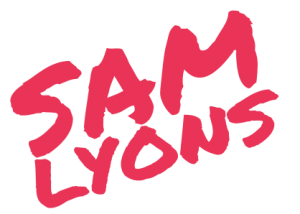I have not previously done any formal research and although the research project within INF537 is a short project both in word count and time, it posed a significant challenge to me. This post breaks down the steps I took to grasping some of the intricacies of research.
Step 1: Identifying a research paradigm
Having to identify what I believe about the “way the world works” was quite a confronting first step but I quickly realised how fundamental it is to research. I tend to find videos are the way I learn best and the following video really helped me to better understand paradigms:
The approach that I related to and applied well to education research was post-positivism. As I was taking a quantitative approach to research, this strongly linked my work to a paradigm that advocates that we can understand how causes influence effects.
Step 2: Research questions
Once I had wrapped my head around paradigms, the next obstacle I found was identifying the differences between research aims, objectives and questions. The following video helped me a great deal:
I developed the following for my research:
- Research Aim:
- To help me improve my virtual Community of Practice (vCoP)
- Research Objective:
- Identify issues that are preventing my vCoP from growing
- Research Question:
- Is it possible to assess the health of a public service virtual community of practice using basic participant analytics?
- Investigative Questions:
- Are the Wenger and Nielson’s models helpful in assessing the health of vCoP participation levels?
- Do the standard measures of social media engagement enrich our understanding of the health of a vCoP’s engagement levels?
- How do the statistics compare with the self-evaluation of the vCoP’s health
Step 3: Research Method
Selecting the research method for the project was one of the more simple parts of the project (although still not easy). I had heard of many of the research approaches before survey, interviewing, observation. The short time frame for the project means that ethics approval for research is not possible and therefore there were limited to research methods that did not involve interaction with subjects.
After reviewing the research methods, my ah-ha moment came when I read the following quote from Bryman’s (2016)
the idea of the survey is so closely connected in most people’s minds with questionnaires and structured interviewing that the more generic term cross-sectional design is preferable… While the research methods associated with surveys are certainly frequently employed within the context of cross-sectional research, so too are many other research methods, including structured observation, content analysis, official statistics, and diaries
I had previously thought that survey design just referred to questionnaires and so this definition opened up lots of possibilities for me and led to me using a cross-sectional research design in my project.
Conclusion
Although I was rather nervous about conducting a research project, I was surprised by how valuable it was taking time to build an understanding of the terms involved, not just for the project but also my approach to other parts of education life in general.

